We all understand the importance of content marketing. (If you have any doubt, check out this impressive list of 85+ stats to make you want to invest in content marketing.) But producing a consistent stream of quality content can be challenging.
In addition to mastering some content marketing best practices, you can keep the process flowing more smoothly if you make sure you always have a bank of solid content ideas to draw from. That way, when you sit down to write, you aren’t wasting time trying to think up something to write about. You can just get down to the business of writing.
When you’re laying out your initial content marketing strategy, it can be difficult to come up with a wealth of content ideas to help you attract traffic to your website and grow your business. But the challenge doesn’t end there.
In fact, it may actually be worse when you’ve been producing content pieces for the same brand for a long time and you feel like you’ve exhausted all possible angles. I’ve been there.
My goal, with this (mammoth) post or its free PDF version, is to give you (and me!) a single place to go the next time you’re stuck trying to think of something to write about. It’s chock full of tips, tricks and tools to help you break out of your slump and develop hundreds of new topic ideas.
Featured download: Grab your free copy of the Content Idea Cheat Sheet. You’ll also receive free marketing tips in your inbox a few times a month. [click to download]
Brainstorm a List of “Seed” Content Ideas
1Break down your business by business unit and product or service
The very first thing you should do when you’re mapping out your content strategy is to identify your major content categories by business objective. For example, if you are a health and fitness company that sells health supplements, fitness product and meal plans, brainstorm as many content ideas as you can for each area.
2Focus on the problems you solve and objectives you meet
Instead of only focusing on your products or services, look at things from your customer’s perspective. Think of blog ideas around the problems they face or the business goals they are trying to meet. Staying with our example of a health and fitness company, seed topic ideas may include weight loss, obesity, heart disease, diabetes, how to get a bikini body, etc.
3Highlight your differentiators
Spend some time analyzing your strengths relative to your competitors and produce content around those areas.
That doesn’t mean you have to write about your specific product or service. Instead, you can focus on the benefits that only your product delivers and why they’re so important.
For example, if you produce payroll software with many unique efficiency features, you could write blog posts about the time pressures of the payroll department, or what they could do if they had more time on their hands, and then link to a page that details how the software can help them save time.
Expand Your Content Ideas to Related Topics
Once you’ve come up with a list of seed topics, don’t stop there. Using each of your seed topics, use the following techniques to expand, expand, expand and come up with more blog post ideas!
4Use Google’s AutoSuggest
Search for your main term, for example, “fitness plans”. As you do, Google automatically supplies suggestions for what you might be searching for. Note the suggestions, which are often chock full of content ideas.
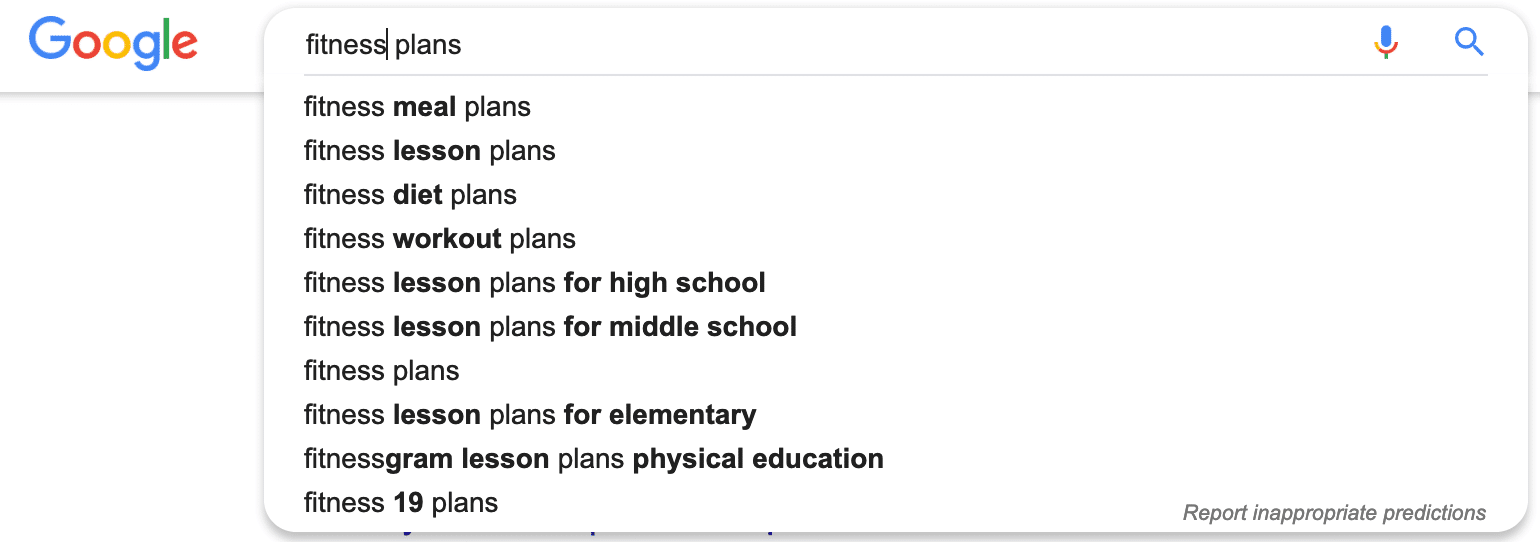
5Use Google’s “Searches related to” feature
Search for your main term on Google and then scroll down to the bottom of search results to see related search terms that people Google.
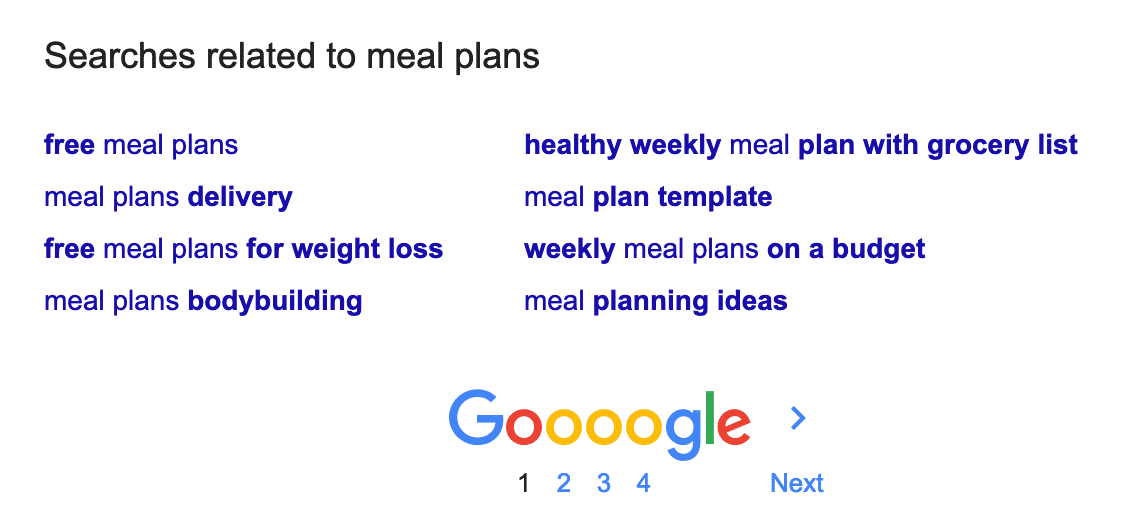
6Use the Google Ads Keyword Planner
Conduct some keyword research. If you have a Google Ads account, you can use the Google Ads Keyword Planner to propose related keyword ideas, as well as to supply metrics for each keyword, including the average number of monthly searches for each term.
This approach can help you generate content ideas that reflect the interest of your ideal customer and generate organic traffic at the same time. Find out how to conduct keyword research like a pro, by aligning your keyword research to the buyer journey.
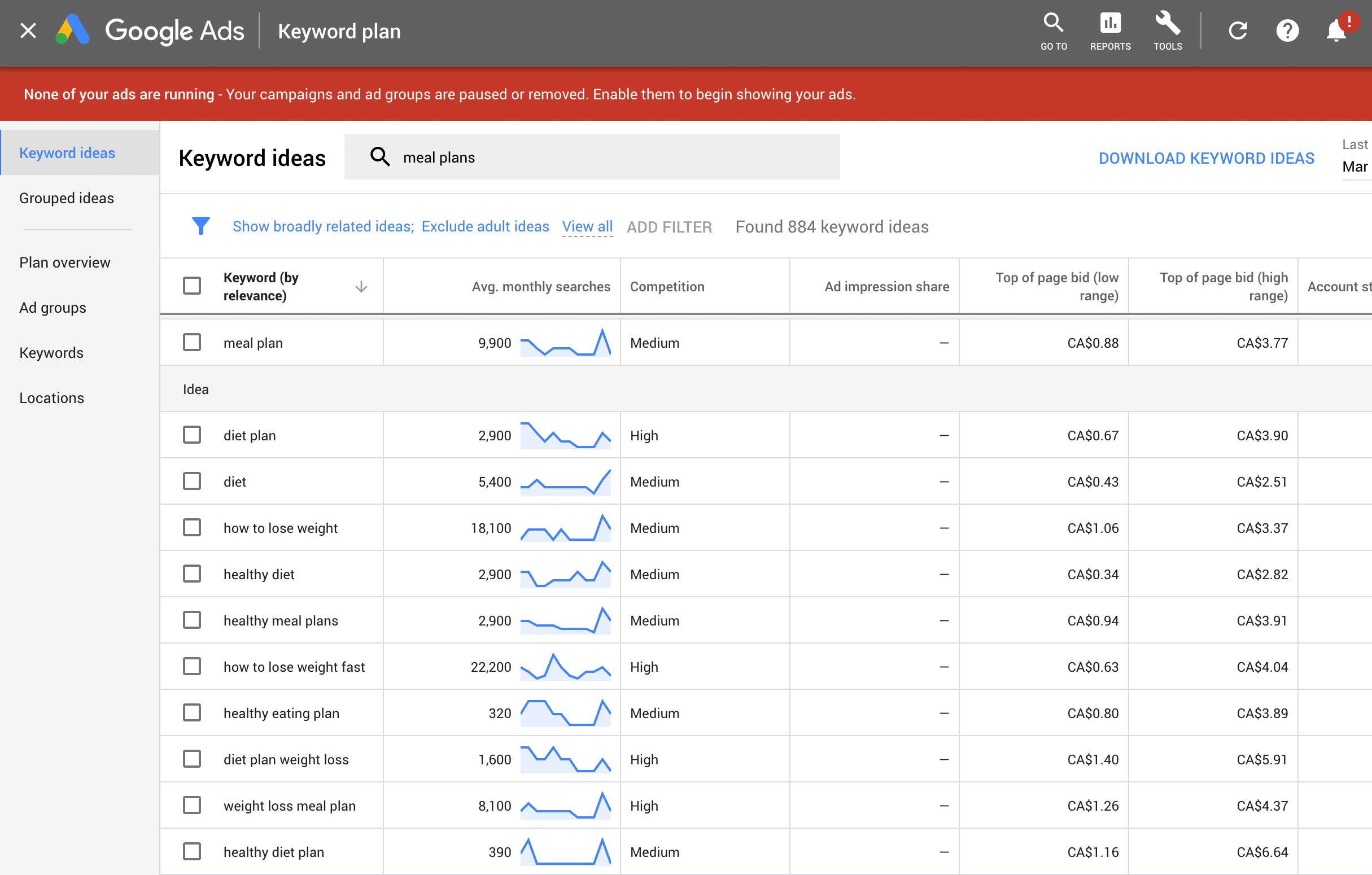
7Try Ubersuggest
Neil Patel recently purchased Ubersuggest, and added a ton of fun new features to help you generate content ideas. Give it a spin!
8Try Wikipedia. Yes, Wikipedia.
Search up your topic in Wikipedia. I know this sounds like a weird one, but you’d be surprised. Check out the links in the content box, and throughout the page. You’ll probably discover content ideas you hadn’t considered.
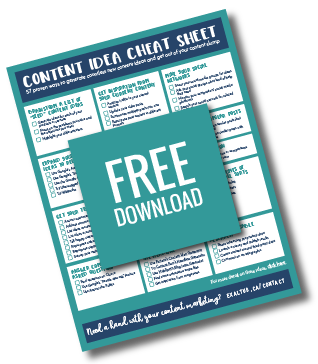
Download our FREE cheat sheet!
Download our free cheat sheet and discover 57 proven ways to generate countless new content ideas by expanding your list of topics using recommended tools and techniques.
Get Your Team Involved
9Answer frequently asked customer questions
Speak to your sales and marketing team to find out which questions are frequently asked by prospects before they buy. Also, speak to your Customer Service or Customer Success team to find out what questions customers often ask as they are being onboarded. Can you create quality content to answer those questions?
10Address common sales objections
Ask your sales team to tell you what objections they commonly face from prospects and how they respond to them. Produce content to address the objections.
For example, if you find that customers often hesitate to buy your product because of its premium pricing, you might consider producing an ROI calculator to demonstrate that their investment will be worthwhile.
11List content ideas related to your most popular features
Find out which features your customers most enjoy, and which are most correlated with repeat sales. Create product content around those features or top-of-sales-funnel content around the benefits they deliver.
12Generate content ideas around your “hidden gem” features
Does your product or service have functionality that is often missed but that is loved by anyone who uses it? Consider producing a tutorial or onboarding sequence to show customers how best to use it.
13 Tell the stories of your happiest customers
Ask your sales and customer service team members to flag any particularly delighted customers. Consider creating powerful and engaging marketing case studies that highlight the impact your product or service has had on their lives.
14 Repurpose onboarding documents
Do you have discovery questionnaires that you use to quickly onboard new clients? Those can easily be turned into lead magnets to help you grow your email list. For example, I repurposed the discovery questionnaire I use with my web development clients into this free fillable website workbook.
15 Repurpose support documents
Are there hints and tips documents that you send customers to help them make the most of your product or service? Do you have canned email responses to common questions? See if any of those could be turned into useful blog content.
16Survey your visitors and customers
Consider surveying your customers to ask them directly what their biggest pain points are and what they’d like to know more about. You’d be surprised how many brilliant content ideas can come from asking the question directly.
Unearth Popular Questions Around Your Topic
You can come up with compelling content ideas when you understand what questions people frequently have around your topic. Here are three tools you can use to identify those questions.
17Find questions on Quora
Quora is a very popular website where people can ask and answer questions on a given topic. Try searching for your seed topic and look for questions you can create content to answer. Once you do, you can come back and answer the question, adding a link to your post for reference.
18 Use Google’s “People also ask” feature
Search for your seed topic on Google and then scroll down the result page to see where Google shows you questions that people ask on your topic.

19Use Answer the Public
Based on Google’s Auto Suggest, Answer the Public is an incredibly powerful tool that you can use to expand your keyword list. In addition to showing you related questions, it expands your topic to include a ton of related themes and content ideas. Check out this amazing resource. It has to be seen to be believed.
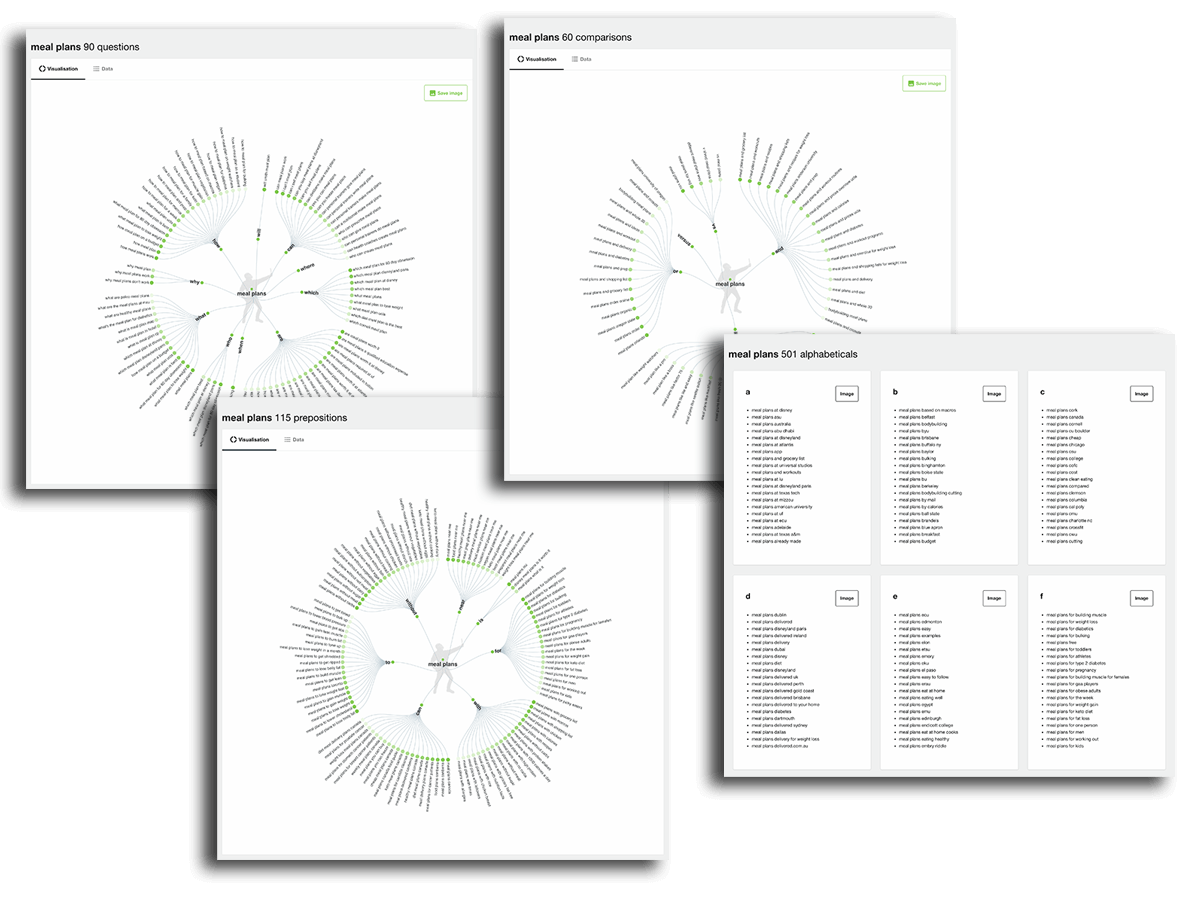
Get Inspiration From Your Current Content
20Analyze traffic to your current content
If you already have a blog, you can learn a lot from analyzing your own website analytics by page and landing page. Study the posts that are exhibiting positive metrics such as:
-
- High traffic (including page views, visits, visitors, new visitors)
- Low bounce rate
- High conversion rate
- High time on page or site
- Low exit rate
Figure out what you can learn from these stats and how you can produce more content in that vein. Consider creating your own actionable content marketing dashboard to help spot content opportunities for you.
21Update your older posts
Do you have any posts that drove huge traffic in their heyday but that are now hopelessly out of date because of new advances or technological changes? Consider refreshing those content pieces with updated information. Google loves fresh content and you just may enjoy a boost in your search engine result rankings.
22Expand on parts of past posts
If you’ve written a list post that has been particularly successful, consider creating content that delves into greater detail on specific items from your list. For example, one of my 20 tips in my post on how to boost referral traffic recommended reaching out to influencers. More recently, I expanded on that one item with an in-depth roadmap on how to scale influencer out reach using Twitter.
23Summarize other posts
Another way your current content can inspire new ideas is by creating summary posts.
For example, after writing a ton of individual posts on how to:
- how to boost referral traffic
- SEO content
- turn visitors into subscribers
- use analytics to increase traffic & sales
- optimize your landing pages
I created a comprehensive summary post and free download on how to tune up your digital growth machine based on these and other topics.
24Repurpose past content in different content types
You can breathe new life into existing content, and capture entirely new audiences, by moving them into a new content type. Blog posts and videos can be turned into presentations. Presentations and blog posts can become infographic. For more detail and ideas on content repurposing, check out this post.



Download our FREE cheat sheet!
Download our free cheat sheet and discover 57 proven ways to generate countless new content ideas by expanding your list of topics using recommended tools and techniques.
Leverage Your Own Experience
25Shed light on mistakes customers make
As you gain experience and help an increasing number of customers, you’ll probably become aware of common mistakes your customers make or obstacles you’ve helped them overcome. Is there content you can create to help your readers avoid these pitfalls? Sharing that wisdom will position you as a guide… and quite possibly win you some customers.
26Share your productivity secrets
As an efficiency junkie, I’m always creating systems to scale, speed up, or automate my processes. If you’re like me, and you’ve discovered ways to improve your operations that would benefit your customers, consider creating content around them.
27Share the lessons you learned the hard way
Another great way to generate content ideas is to scour your own business experiences for mistakes you’ve made, or things you would now do differently if you could. Creating content around those tough lessons learned can save your readers from making the same mistakes and also show your humanity.
28Learn, then teach
Are you researching a topic of interest or trying to pick up a new skill or technique? There’s no law stating you need years of expertise in your subject matter before you can produce content around it. You’ll get more return on the time you spend learning if you leverage it to create content. Document what you’ve learned so that your readers can learn along with you. Just make sure to cite your sources.
Showcase the Work of Others
29Interview someone
Consider interviewing an industry expert or influencer and publishing the interview on your blog. Not only are you providing value to your users, but your interview subject may then share or link to your content, giving you a visibility boost.
30Produce a roundup post
Create a roundup post by asking the same question to multiple experts and publishing their answers.
31Leverage user-generated content
User-generated content appeals not only reduces your workload, it’s also likely to appeal to your audience, especially if that audience includes millennials. Studies show that 50 percent of millennials trust user-generated content more than other media. Try searching for mentions of your brand on social media, and then create content around the way your customers are using your product or service, or around the way they talk about it.
32Share powerful quotes
Many people love a good quote. Curate a list of quotes on a theme related to what you do and present it visually on your blog, then rotate the visual quotes as individual posts on your social media, or as an online presentation on SlideShare. Check out this post and this post for two examples of how I have turned quotes into content.
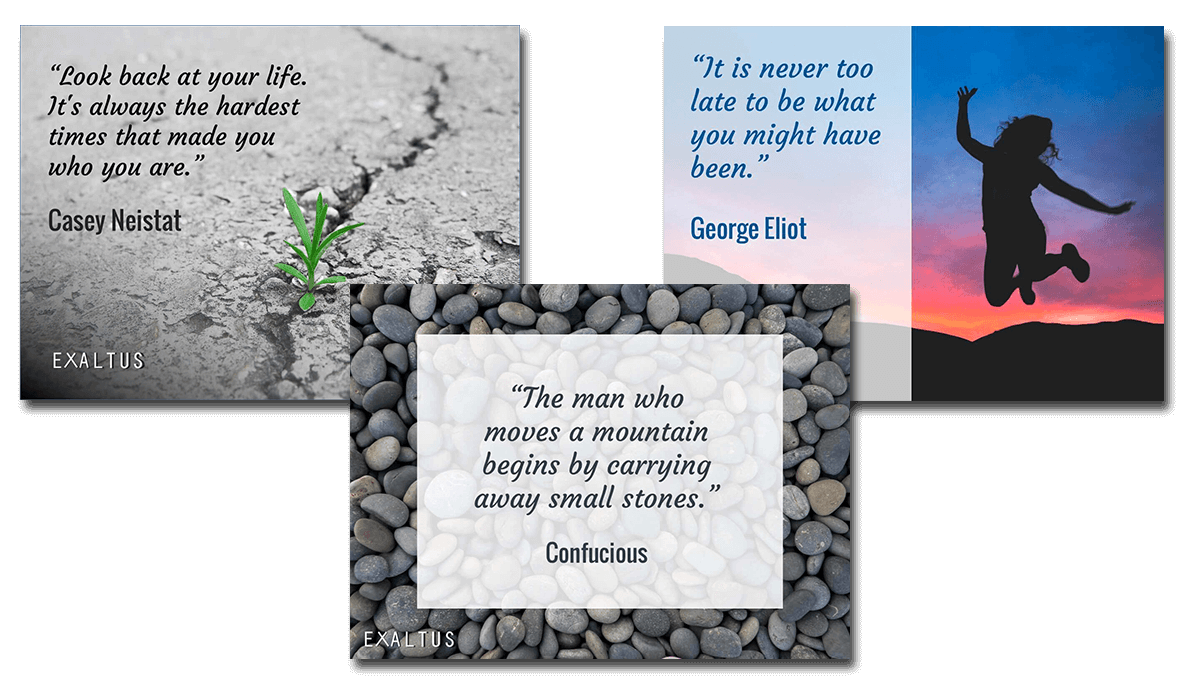
33Accept guest posts
Guest blogging can help you expand your audience. But accepting guest posts also has its advantages.
It’s an easy way to lift some of the pressure of endlessly creating new content while giving another writer the chance to shine. Just make sure to be a little discriminating in the guest posts you accept. If it’s on your site, it reflects on you.
34Curate helpful resources
Another way to cut down on content production time is to mix in a little curated content with your original posts. Curating content means carefully hand-picking tips and resources that your audience will appreciate. For example, you could recommend smartphone apps or tools to get a job done, or list your favorite books in a particular category.
Work Backwards from the Headline
Sometimes the headline is what you do last, once you’ve finished writing the post. But sometimes, a great headline can drive your content idea. Here are several tools and techniques to generate your next killer headline.
35Use Portent’s Content Idea Generator
Portent’s Content Idea Generator serves up cheeky headlines along with some tips on how to get best results from the tool
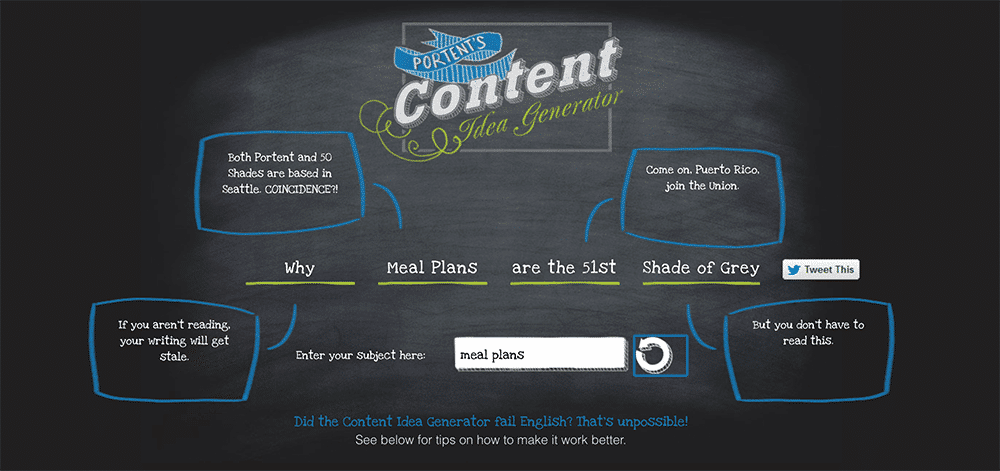
36Try Content Row’s Headline Generator
Content Row’s Headline Generator offers many ideas at once, which you can filter in a number of ways.
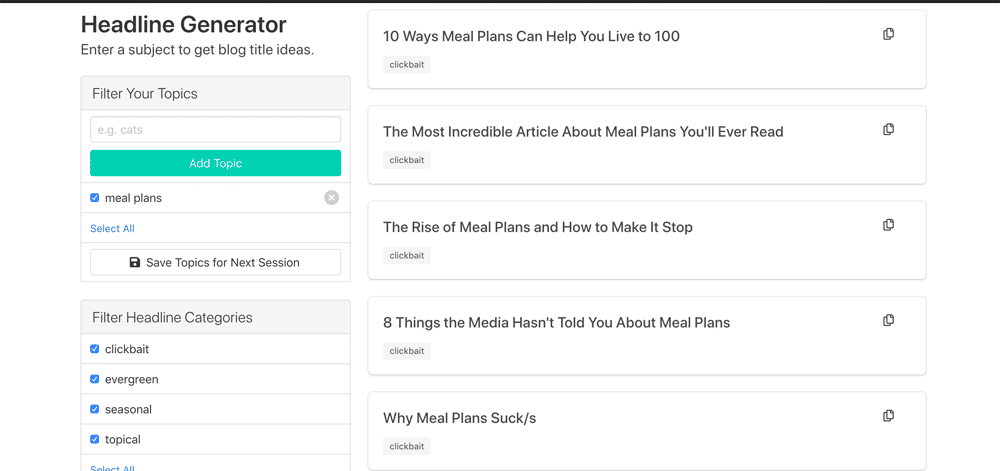
37Use HubSpot’s Blog topic Generator
The HubSpot Blog topic Generator generates 5 free ideas right up front, and 250 additional ideas after you fill in their signup form.
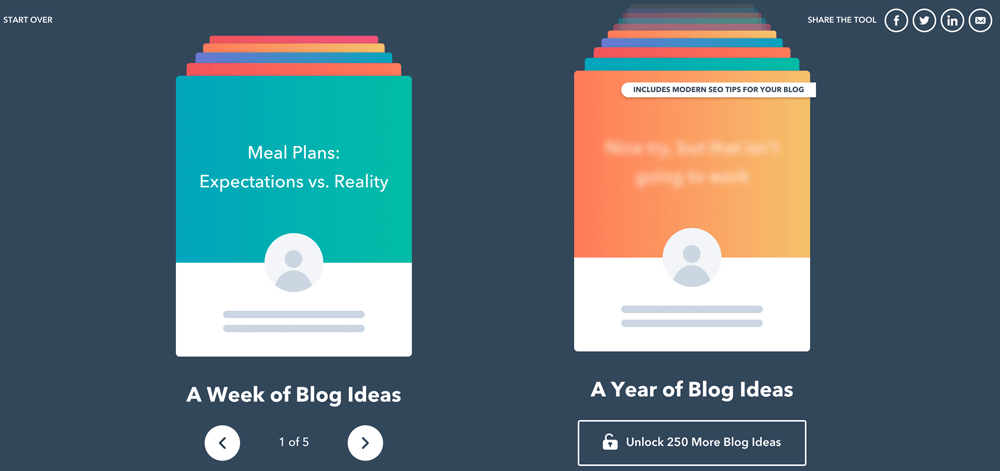
38Find some exhaustive swipe files
You can download free headline swipe files with a simplegoogle search. Keep several of them close at hand for your next content brainstorming session.
39Get inspiration from magazines
Magazines have perfected the art of a good headline. Pick up a copy of your favorite mag and adapt its catchiest headlines to your content themes.

Download our FREE cheat sheet!
Download our free cheat sheet and discover 57 proven ways to generate countless new content ideas by expanding your list of topics using recommended tools and techniques.
Mine Your Social Networks
40 Scour your Facebook and Linkedin groups
Keep on top of what your ideal customers in those groups are talking about and sharing. Produce content that satisfies their need for knowledge, then share it in your groups.
41Ask your social groups
Ask your group members about their pain points, their objectives and their content needs. You’re not trying to sell them anything. You’re trying to provide free content to help them meet their objectives. Make that clear and, in most cases, you shouldn’t be in breach of your groups rules.
42Monitor your competitors’ social media platforms
Keep tabs on the news they’re sharing, and which of their posts gain the most traction. Read their followers’ replies and mentions. If you’re attentive, you’ll discover plenty of new content ideas
43Search your social network for relevant hashtags
Search Twitter and facebook for hashtags related to your seed topics. It’s an easy way to listen in on the conversation and come up with great content ideas.
Improve on Similar Posts
Find posts written on a topic related to your main themes, and create your own improved, updated and more comprehensive version of the post. (You can then use the Skyscraper Technique to build links to your post.)
44Find similar posts that have been heavily shared
Use BuzzSumo to find posts that others have written around your topic and which were then heavily shared by influencers. Then, one-up and share that content.
Consume Volumes of Content of All Sorts
46Develop a Feedly habit
Use Feedly to aggregate RSS feeds from your favorite sources and schedule time slots each week to keep up on the different content topics you plan to write about. (If you’re looking for ways to make this and other habits stick, make sure to check out our Atomic Habits summary video.)
47Sign up for newsletters
Sign up to receive newsletters from other top blogs in your industry, right in your inbox.
49Find conferences
Get content inspiration from the conferences you attend. Can’t make it to the conferences? Check out their agendas to see what hot topics will be discussed.
50Watch Ted talks
Make a point of watching Ted talks around your topic of industry. Create content discussing the speaker’s position or take an opposing viewpoint.
51Read books
In the words of author Pam Allyn, “reading is like breathing in, writing is like breathing out”. If you want to make sure you have a lot to write about, make sure you do a lot of reading. And don’t limit yourself to non fiction books in your field of business. Even fiction reading can spark creativity.

Download our FREE cheat sheet!
Download our free cheat sheet and discover 57 proven ways to generate countless new content ideas by expanding your list of topics using recommended tools and techniques.
Research data is valuable content. Other content writers often cite research data in order to bolster their arguments. That means that when you publish research, you may also win an impressive number of incoming links.
52Share interesting proprietary data
Does your company have access to interesting proprietary data that you can share, at least in aggregate? Can it be packaged nicely for your visitors into content you are uniquely positioned to supply? That’s what Reading Rewards did when they dug into their own databases for this post on popular rewarding incentives to use in your classroom. Just make sure your data usage is aligned with your privacy policy.
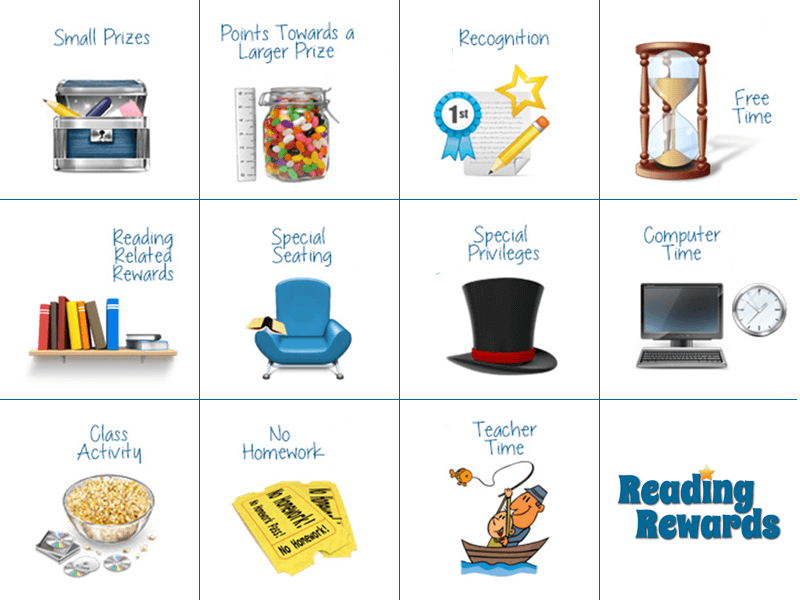
53Launch a survey and publish results
If you have access to an active targeted community, think of interesting topics you can survey them about and publish the results. For example, that’s what we did for Reading Rewards, when we surveyed thousands of their young readers and tallied their answers to the question “how does reading reward you?”.
54Create pieces of content around third-party data
Not having access to your own data doesn’t prevent you from presenting juicy research to your readers. The web is flush with free data sources that you can mold into a beautiful and highly shareable infographic.
55 Comment on an infographic
Infographics are meant to be shared. That’s why so many people like to produce them. You can usually share somebody else’s infographic on your site.
Just add value to it with your own comments on the data, and make sure to credit and link to the infographic’s original source. Click here for some helpful guidelines.

Download our FREE cheat sheet!
Download our free cheat sheet and discover 57 proven ways to generate countless new content ideas by expanding your list of topics using recommended tools and techniques.
Take a Position
56 Write product reviews or comparisons
Enhance your role as your readers’ guide by helping them choose products and services that meet their needs. You can do that by producing product reviews, product comparisons, or a gift-buying guide. This type of content lends itself well to generating affiliate revenue. Just make sure to be transparent with your affiliations so that you don’t turn off your readers.
57 Oppose a popular view
If you navigate a world where people are advocating widely held beliefs that you don’t necessarily believe in, consider taking a bold stance in opposition of that view. Producing provocative content that opposes a popular view or busts a myth is a risky move, but one that can go viral.
Over to You
If you’ve made it this far through my list… thank you!! I hope you’ll find that your investment has paid off the next time you sit down to drum up new content ideas.
Also, while my list is long, I have no doubt that there are a lot of great ideas out there that I’ve missed. If you can think of any, please let me know! I’ll be happy to add them to the list.
Finally, if you need some assistance with your content marketing, please contact Exaltus. We’re passionate about great content and we’d love to help!


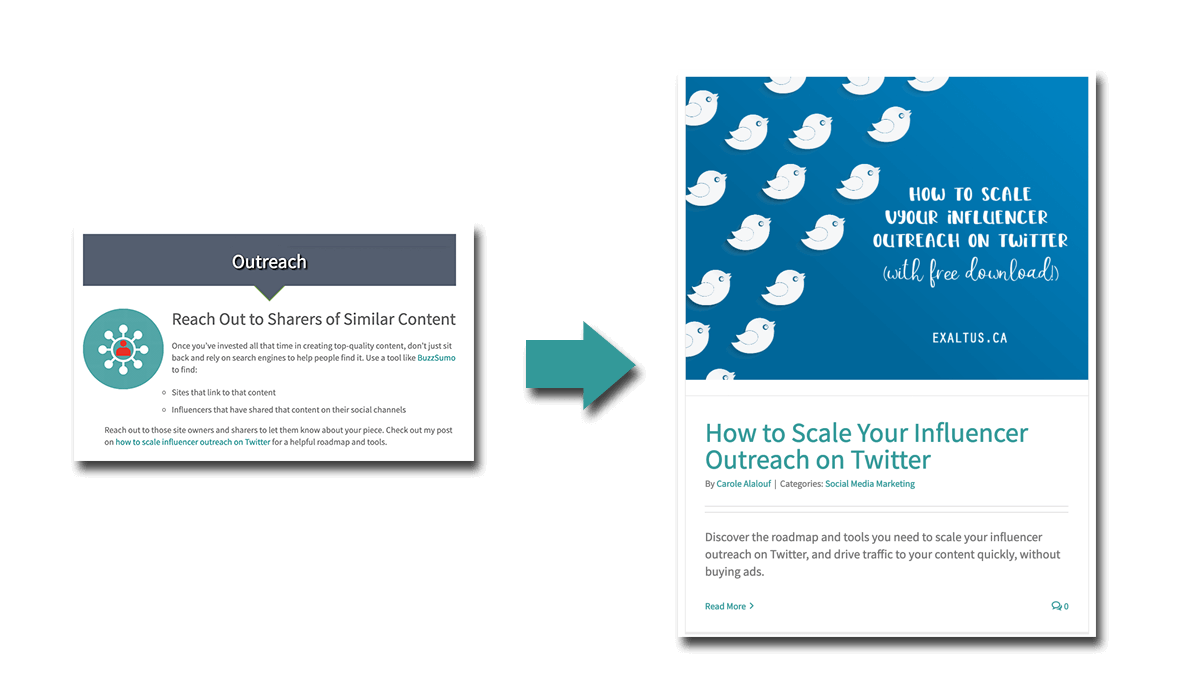
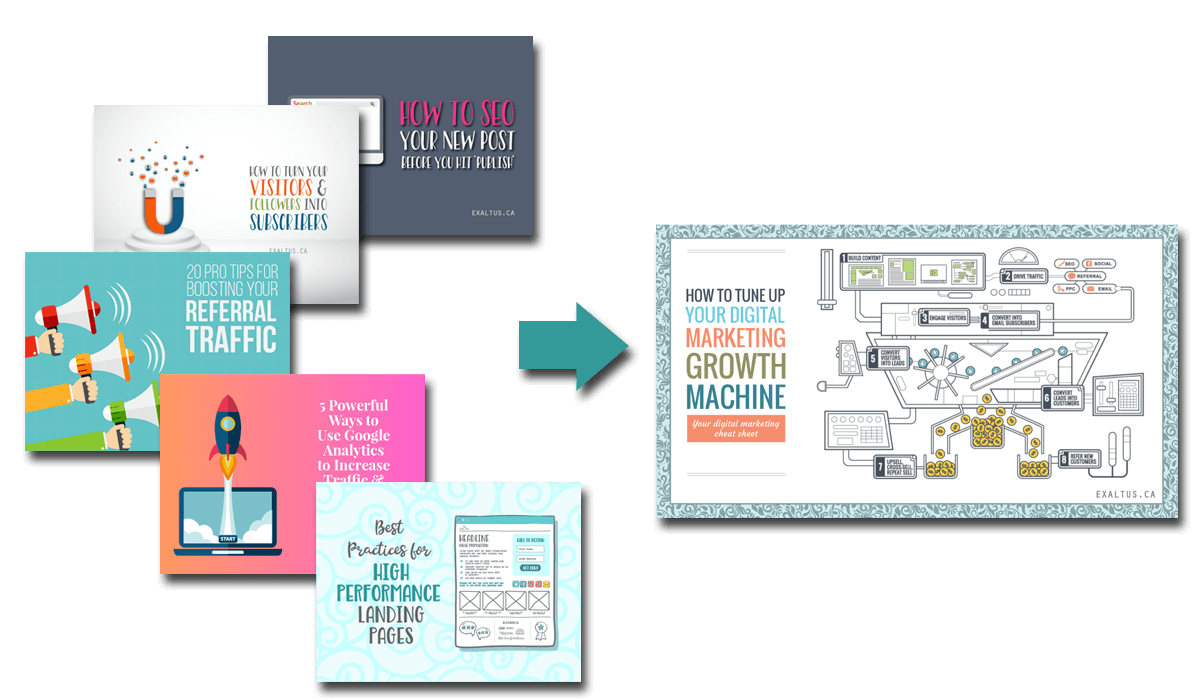
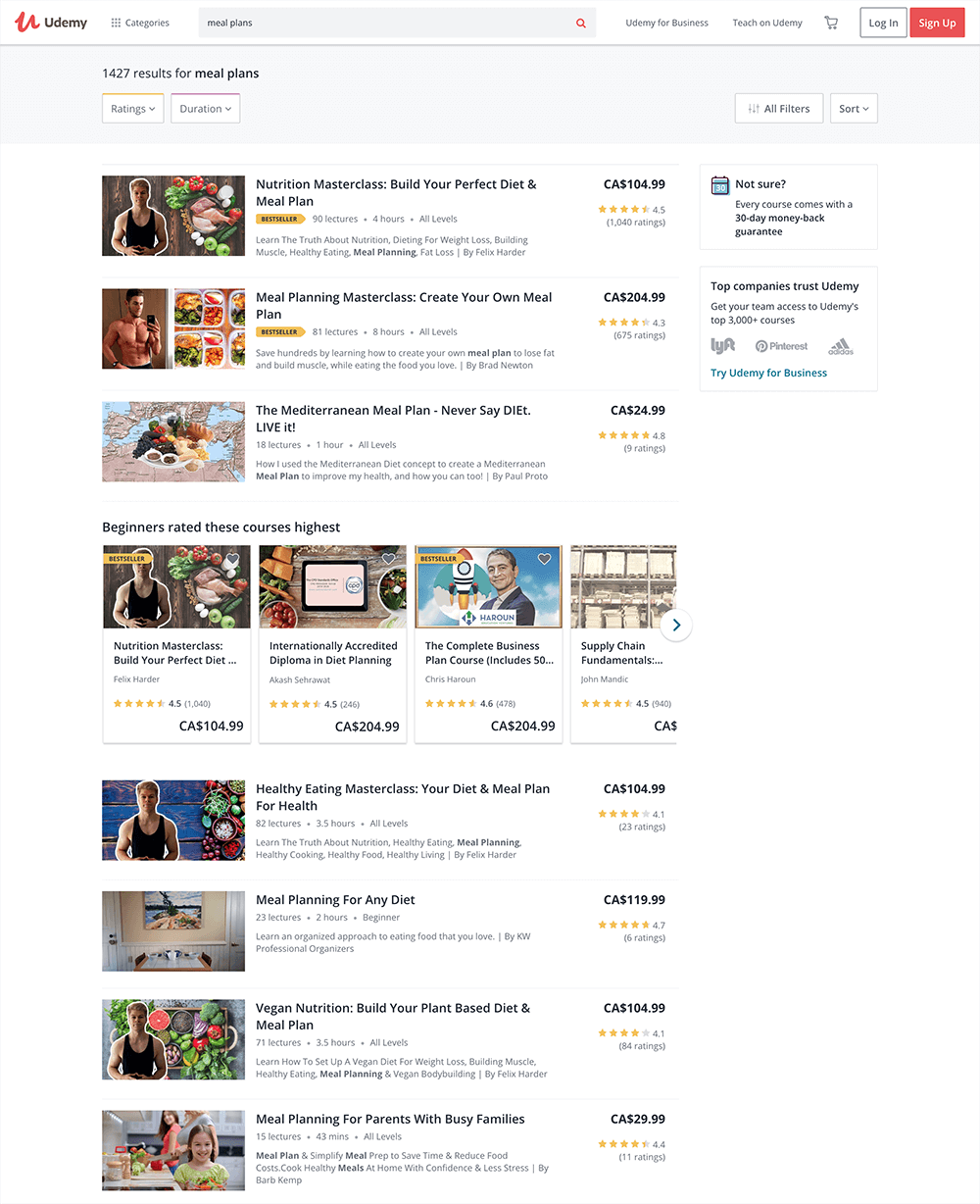







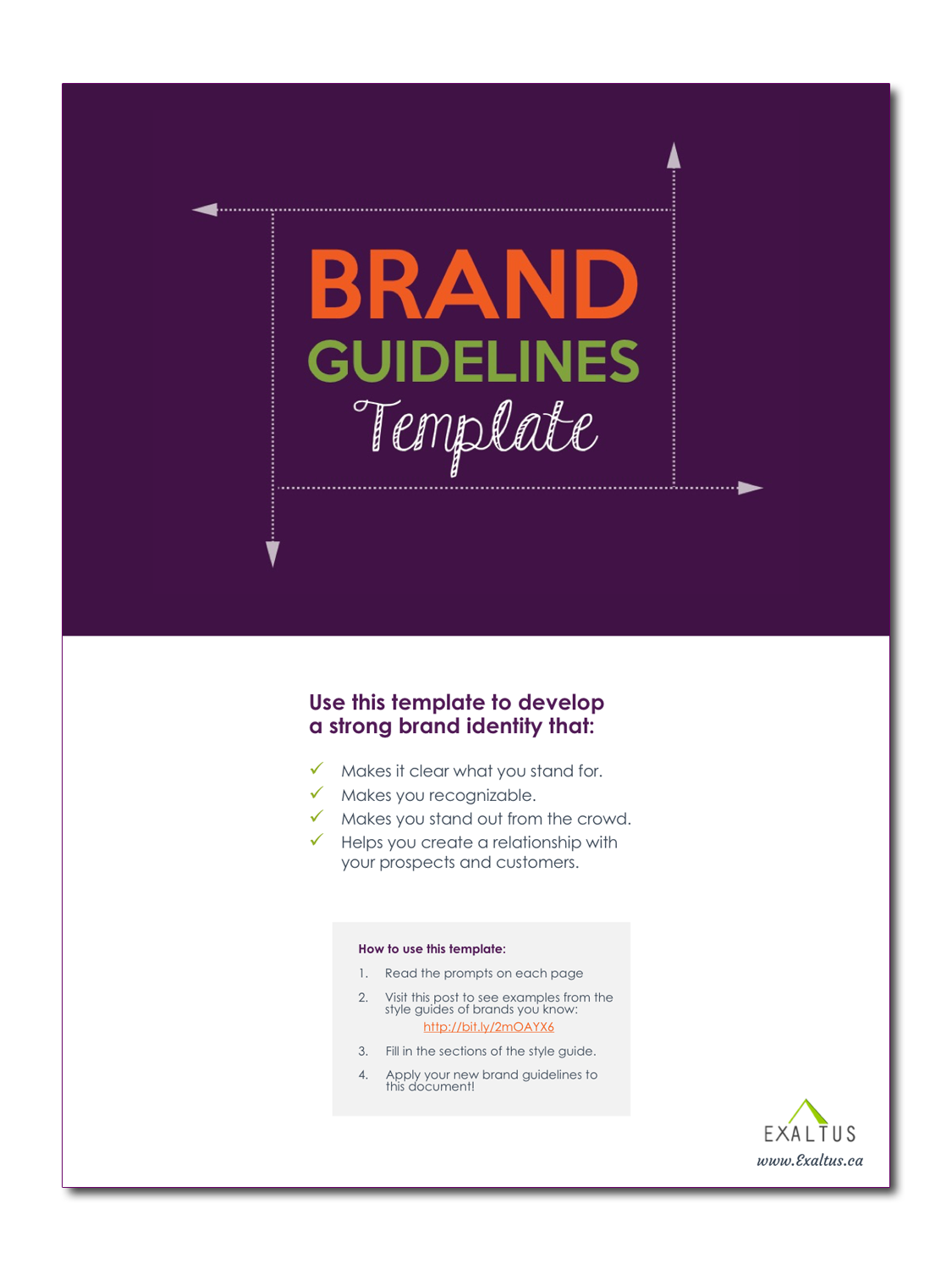

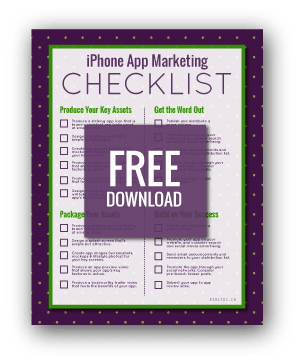
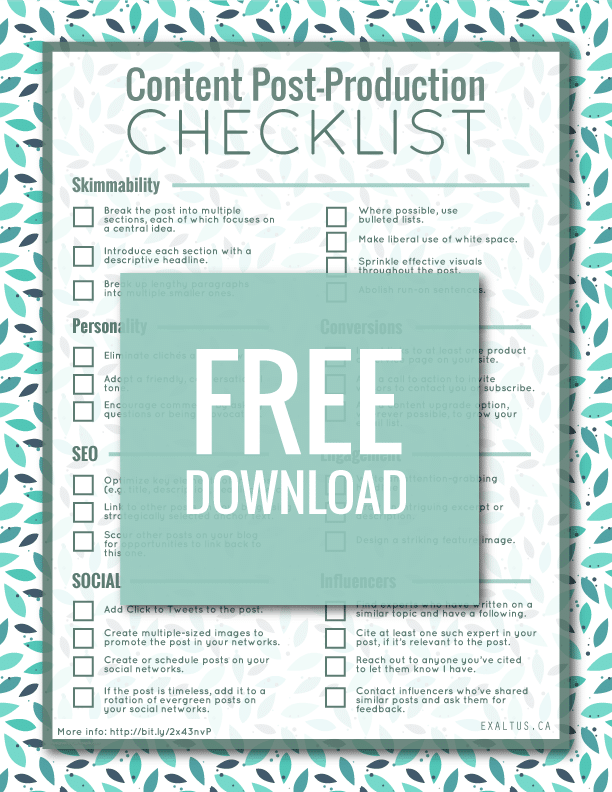
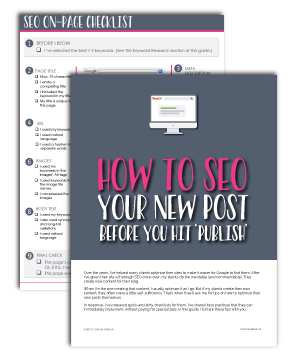

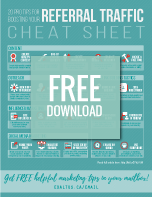

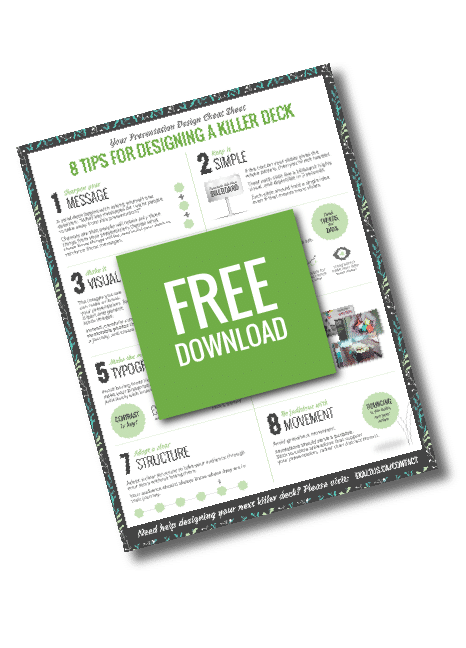
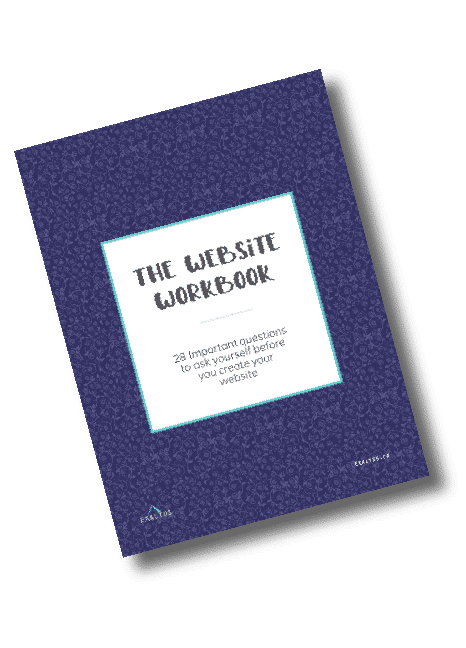
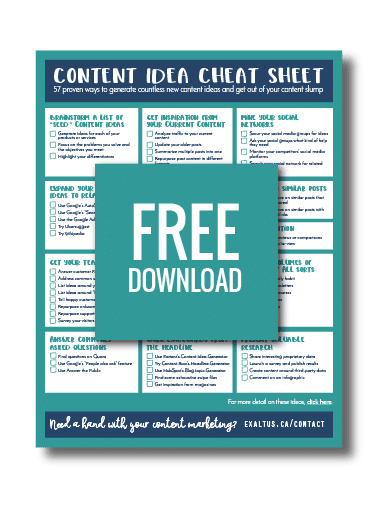


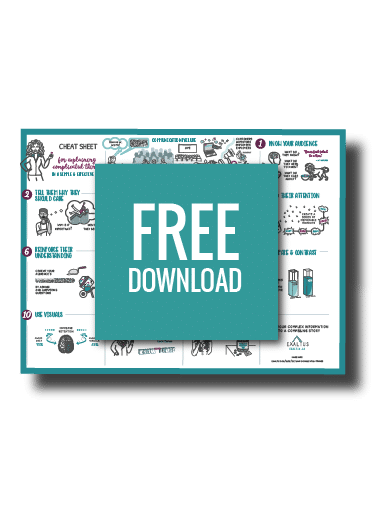


Excellent strategy. Every site owner or content marketer working for clients need to up their content marketing game. Just publishing random content is not the way to go. I shared this on my Facebook business page and also submitted it to BizSugar Sharing.
Thanks so much for the feedback, Gail! And for the shares. 🙂 I’m checking out your site as we speak!
Wonderful tutorial, Carole. People forget that Google can be used not just for search terms, but for idea generation. The results are a window into how people think, and the snippets Google uses are a window into how Google thinks.
Thanks Dave. And I agree. Google has effectively democratized market research!
Carole,
I found your post via BizSugar. I will download the cheat sheet for future reference. I will probably mention this post in a future newsletter and podcast episode. 😉
Hi Martin, that’s fantastic. Thank you so much!